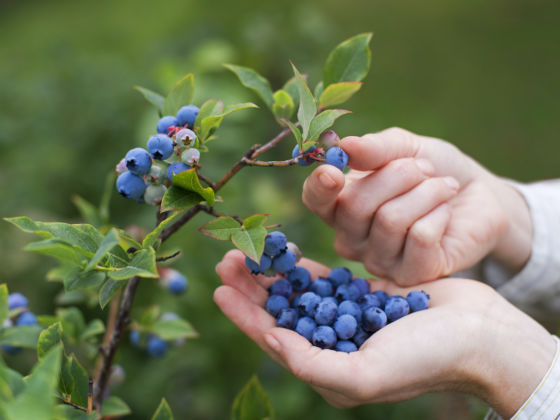Foraging, or searching for food, is one of the oldest of human activities. Though we have found more complex ways to assemble a meal, foraging remains relevant today for anyone interested in cheap, locally-sourced, food.
Warning: Foraging Can Be Dangerous
You should not eat any plant, nut, or mushroom you find while foraging unless you are 100% certain of the item’s identification. It’s a good idea to compare your specimen to all similar plants, especially toxic varieties, as well. With that said, foraging can be a perfectly safe and enjoyable activity if you take the time to learn the basics.
